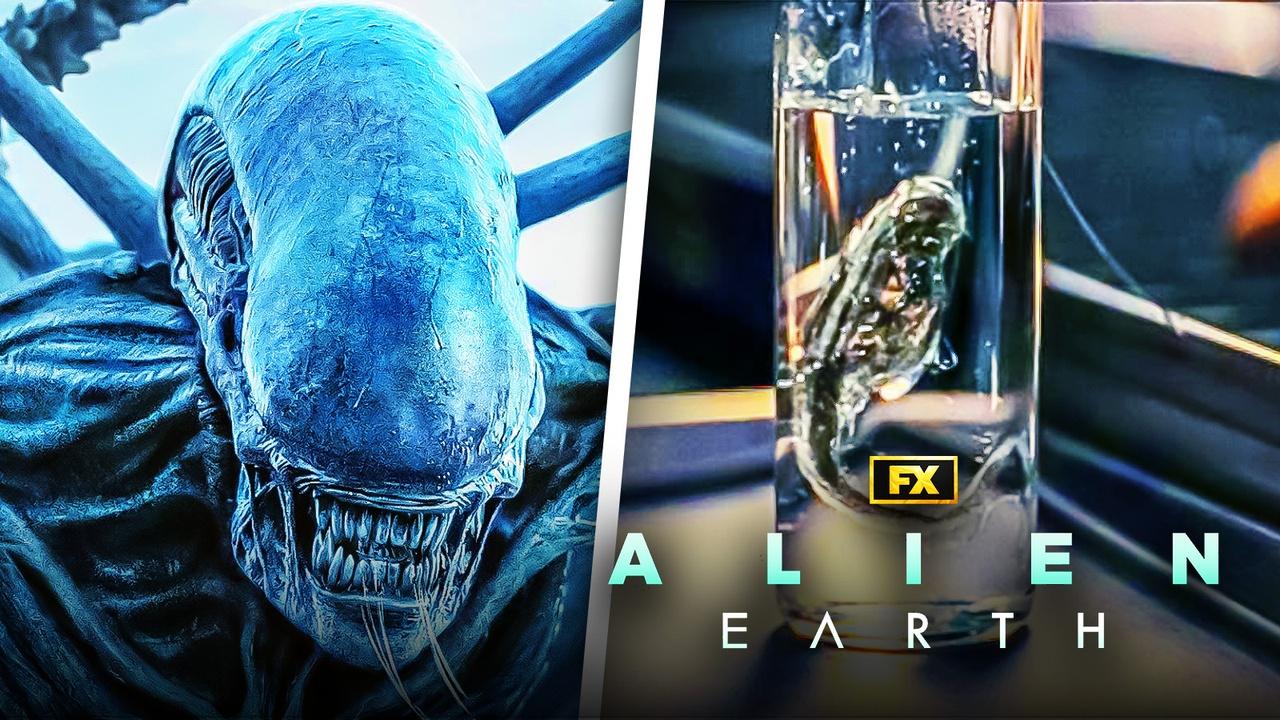
Hulu and FX's Alien TV series is delving deeper into the xenomorph's life cycle with the introduction of the new tadpole phase. Alien: Earth is set in 2120, after Alien: Covenant in the franchise's timeline, but before the original Alien film, and it's the first to be set on humanity's home planet. Its place on the timeline has allowed Alien: Earth to explore further the Xenomorph's lore, which continued in Episode 3 as the scientists made an interesting discovery.
In the latest episode, the Prodigy team recovered the specimens from the wreckage of the USCSS Maginot and returned them to Boy Kavalier's (Samuel Blenkin) island. Once there, Kavalier's team, led by the synth Kirsh (Timothy Olyphant) and the young hybrids–the only ones cleared to be near the dangerous species–began their experiments by sawing into a Xenomorph egg and removing the facehugger inside.
Kirsh then performed an autopsy on the live specimen (which impacted Sydney Chandler's Wendy thanks to her special powers) and removed a new creature from within the facehugger's body: the Xenomorph tadpole. This revelation provides new insight into the iconic Xenomorph and its growth, adding a new stage to the alien species' life cycle.
Created by Noah Hawley, and starring an ensemble cast including Timothy Olyphant, Alex Lawther, Sydney Chandler, Babou Ceesay, and Essie Davis, Alien: Earth premiered on Hulu and FX on August 12, 2025. New episodes are released weekly.
Alien: Earth's Xenomorph Life Stages Explained
Ovomorph
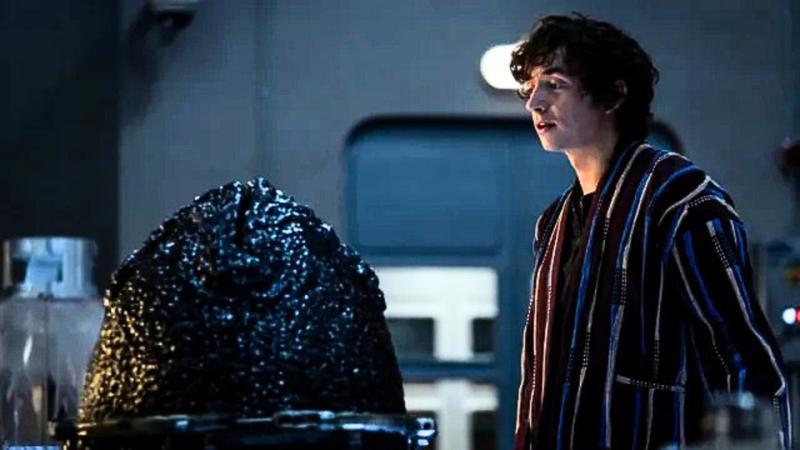
The Xenomorph begins as an ovomorph (egg). These eggs are several feet high and made of a tough outer shell, although as Alien: Earth's latest episode proved, they can be pierced with a sharp object like a saw. The eggs contain an opening at the top, which is activated by the presence of a potential host.
Once incubation is complete, and in the presence of a potential host, the egg may unfurl and unleash the Facehugger.
Ovomorphs are typically laid by the Queen, but a process known as Eggmorphing is another potential option for the creation of Xenomorph eggs. This process allows eggs to be created in the absence of a queen by gathering hosts and cocooning them in resin that eventually transforms their bodies into eggs. Eggmorphing has not been officially confirmed on-screen and was as a deleted scene in Alien, but it could still be confirmed as a process in future Alien projects.
Facehugger
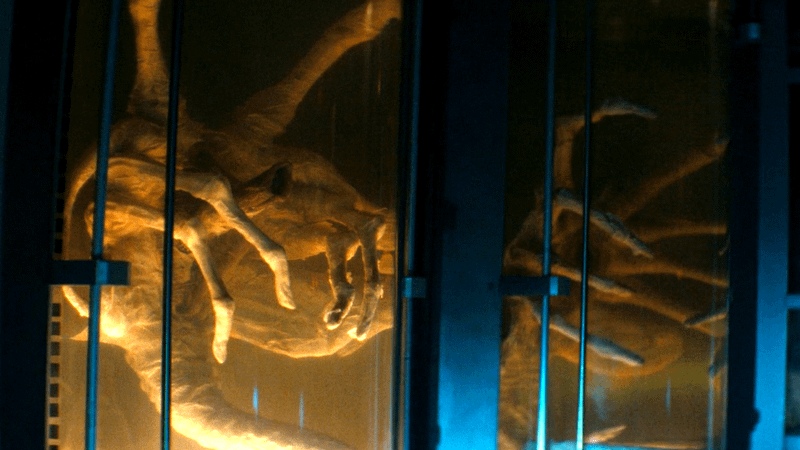
Out of the Ovomorph comes the Facehugger, an arachnid-like parasite. The Facehugger attaches itself to the host's face and inserts a Xenomorph embryo into their body via their throat. The Facehugger uses its tail to choke the victim should it attempt to be removed and its spindly limbs to keep a firm grip on the host's face.
Facehuggers do not live long after implanting the embryo and will detach and die once their task is complete. As Alien: Romulus revealed, the Facehugger's are heat-seeking, strong, and quick, and will relentlessly pursue potential hosts.
Tadpole
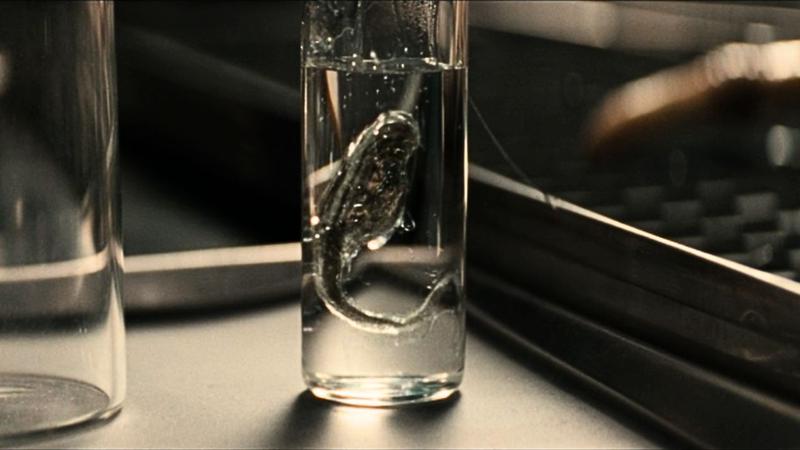
The new Xenomorph life stage introduced in Alien: Earth is the tadpole or Xenomorph embryo. While it's been generally accepted that the Facehugger implants some small embryonic creature into the host's body (which then becomes a chestburster), Alien: Earth's 'Metamorphosis' episode was the first time this creature was seen in action.
After Kirsh cuts open the Facehugger, he extracts a small wriggling creature, akin to frog spawn. The synthetic then places the tadpole creature into a vat of water, where it proceeds to swim and burrows into a human lung, replicating the process it would undertake inside a host body.
The reveal of this creature adds a new stage to the existing Xenomorph life cycle, as the tadpole begins distinctly different from the Chestburster it will evolve into.
Chestburster

After some time incubating in the host, the tadpole grows into the Chestburster, using the host's biological matter to feed and grow. The host in which the embryo is implanted can impact how the Chestburster grows, like the quadriped Xenomorph that grew from a dog's body in Alien 3.
Once the embryo is grown, it will forcibly break through the host's body, killing them in the process. At this stage of life, the Chestburster looks like a miniature version of the Xenomorph, exhibiting the same domed cranium and teeth, and a long tail. The Chestburster then flees to find a safe space to cocoon itself and grow into its next stage.
Xenomorph
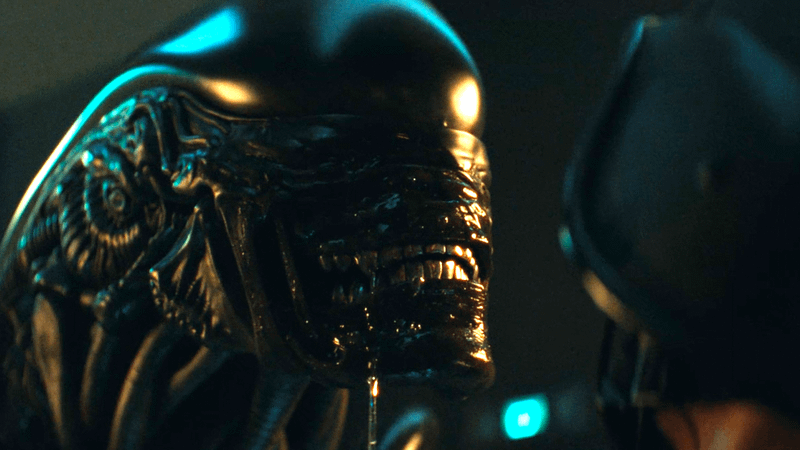
After some time within its cocoon, the Chestburster will grow to become a 7-foot-plus tall Xenomorph. Xenomorphs are considered apex predators, with acidic blood, sharp tails, immense speed and stealth, and a second inner jaw that can protrude to break enemies' bones and flesh (although the creatures have exhibited some weaknesses in Alien: Earth).
Several types of Xenomorphs are established in Alien canon. The common types are drones, which exist to find new hosts to build the hive. Drones may also evolve into a further life stage, becoming Workers or Warriors, who will either build or protect the hive. Some may also become Praetorians who grow much larger and protect the Queen.
Queen
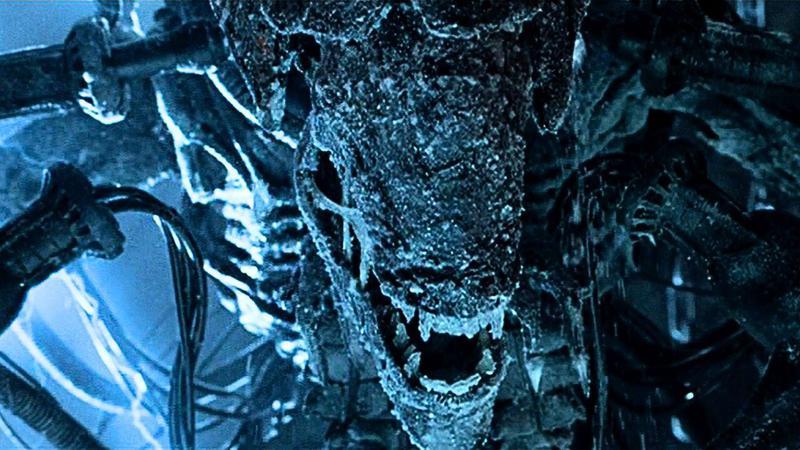
The final life stage of the Xenomorph is the Queen, which was introduced in Aliens. While very few Xenomorphs make it to the Queen stage, this is considered the apex of the species. Xenomorph Queens are roughly 20 feet tall, and they possess extra limbs and an enlarged torso that enables them to produce and lay eggs.












